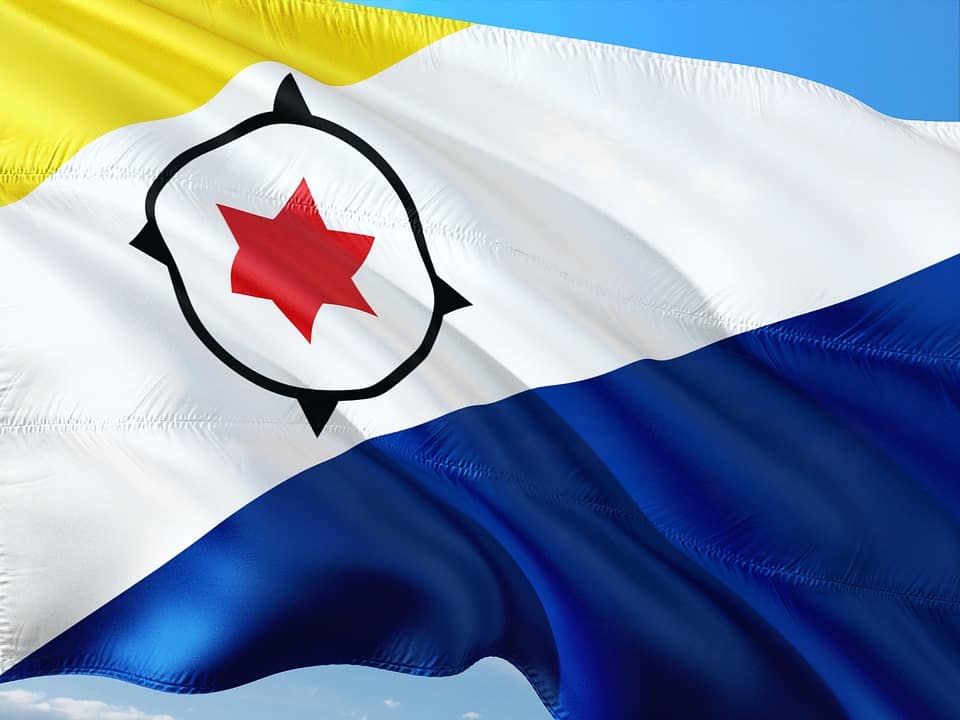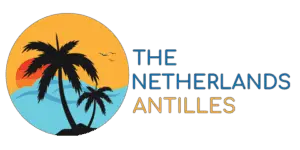Many individuals are often confused by the legal status of islands such as Bonaire. And what is truly confusing is the fact that this Caribbean island used to form part of another extinguished country named The Netherlands Antilles.
However, in 2010 The Netherlands Antilles ceased to exist, thus Bonaire then became a special entity of the Netherlands. In other words, Bonaire is not a country, in fact, it can be said that Bonaire is an (international) municipality of the Netherlands.
But whether you are looking forward to going on holiday to Bonaire, or if you are simply curious about the legal status of this Caribbean island, this article will give you all the information you need to know about whether Bonaire is a country or not.
One Kingdom
The Netherlands, Aruba, Curacao and St. Maarten are countries that form part of what is called The Kingdom of the Netherlands. However, Bonaire, Saba and St. Eustatius are part of the Netherlands.
Even though Bonaire is a Dutch Overseas Country and Territory, both Bonaire, Saba and St. Eustatius have a special title that makes them act as if they were municipalities.
What’s more, Aruba, Bonaire and Curacao form what is called the ABC islands due to its proximity from each other. They are also the three islands that are outside the tropical hurricane belt, making them safe and sunny throughout the year.
And what is the Dutch Caribbean? This term talks about all of the islands of the Kingdom of the Netherlands that are located in the Caribbean sea, which were previously part of the Netherlands Antilles.
What about Bonaire?
This Caribbean island is located to the north of another Caribbean country, Venezuela. Bonaire is relatively small as it only has a total area of 294 km², and with a population of 16.000 inhabitants from all over the world.
Bonaire’s capital is Kralendijk and people from the island speak several languages such as Papiamento, English, Dutch, Spanish, and even Portuguese. This is why tourists love this island as they are able to communicate everywhere they go.
Bonaire is a relatively safe island, you can read more about it in my article about Bonaire’s safety.
The topography of the island
Like many other islands, specifically in the Caribbean area, Bonaire is of a volcanic origin. In fact, the base and core of this island were formed with volcanic rocks from the Washikemba formation, which, in turn, forms part of the cretaceous period and system.
Thanks to the tectonic uplifting that has occurred during centuries, these volcanic rocks started to go up to the surface thus helping to create this small island. These movements were also the started point of the coral growth that has been formed as turned into a reef system.
Bonaire’s Weather
Bonaire has a short rainy season that is during winter time (from October to January). But, it is fair to say that this rainy season is nothing in comparison to other nearby Caribbean islands, making Bonaire a climatologically unique destination.
The weather that is present on the island has also resulted in having a rare and somehow unique flora and fauna where you will be able to see mangroves, acacia trees and different types of cacti.
You can also expect to have gorgeous and warm weather all year round. In fact, temperatures in Bonaire are really hot during the 12 months, so whenever you go, you can expect the sun to shine above you!
Bonaire’s economy
It is no secret that Bonaire’s main source of income comes from the tourism industry. This is why Bonaire’s government (and that of the Netherlands) have maintained an excellent infrastructure in order to welcome thousands of tourists each year.
Bonaire is also rated as one -if not THE one- place to practice scuba diving in the world, and there are many other water sports such as windsurfing that allow people to recreate themselves and to enjoy what the island has to offer. That is what Bonaire is really known for.
Fill me in with more information
Other interesting aspects of this island are definitely the political and administrative status Bonaire has. When the Netherlands Antilles dissolved back in October 2010, a special public entity status was given to Bonaire, Saba and St. Eustatius.
But what does that even mean? Well, first of all, the aforementioned islands became part of what is referred to as a ‘’special municipality’’, in other words, they are part of the Netherlands while also being an overseas territory of the European Union.
In addition to the political aspects of the island, there is also the legislation that Bonaire must follow and that comes from the Dutch legislation. However, because Bonaire has a special status, sort of speak, this means that not all of the Dutch legislation will automatically be applied to the legal cases that are found on the island.
In fact, there are another extra and separate laws for Bonaire, Saba and St. Eustatius, in order to maintain order and being in accordance with the island’s people and idiosyncrasies. And even though these laws are not all completed, it can be said that some of the legislation of Bonaire has already been approved by the Netherlands.
And even though The Netherlands uses the Euro as its currency, in Bonaire the US dollar has been thoroughly used since 2011 mainly due to its proximity to the United States of America.
Bonaire’s island Council
Bonaire has an island council that operates in the Plasa Reina Wilhelmina. There is also a deputy Lieutenant which is the Governor of Bonaire. There are also representatives of the Dutch government who live and work on the island during the year.
Another interesting fact is that every four years Bonaire holds an election in order to choose the island’s council and the candidate that will go to participate in the Dutch parliament.

Bonaire’s flag
The national flag of Bonaire is made with the following colors: red, white and blue, which all represent a different aspect of the island’s life.
For example, the flag has a yellow triangle that represents the bright light that comes from the sun, while at the same time it is a picture of the island’s beautiful nature, as there are many yellow flowers in Bonaire.
There is also a blue triangle that represents the color of Bonaire’s sea. It can be argued that this triangle could either be a massive wave or even a mountain.
Whereas the white of the flag represents liberty, tranquillity and above all, peace. Also, within this white space, one can see a black ring that has four points which represent the points of a navigation-compass.
Within this black ring, there is a six-pointed red star which is often referred to as a symbol for the blood that was spilt by those who fought and survived in the traditional regions of the people of Bonaire.
Lastly…
Whether you are looking for a perfect weather holiday or a place where lots of history, cultures and great beaches are combined, I will definitely suggest you go to Bonaire.
There, you will be able to see the magnitude of the ocean, the crystal clear waters, the white sandy beaches, and the beautiful smiles of those who live on this island. Don’t forget to bring the most beautiful souvenirs from Bonaire back to your home country.
Bonaire is such a unique place to visit and it has a great vibe that easily welcomes tourists from all over the world, so go ahead and book your flights, Bonaire is waiting for you!
